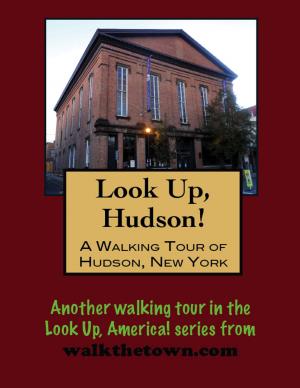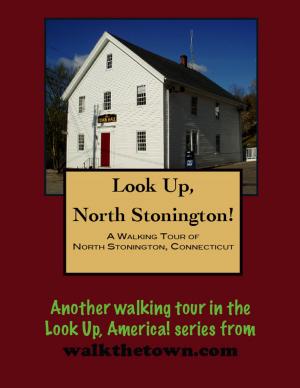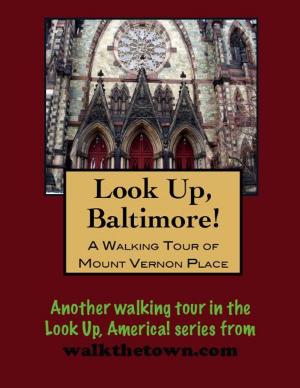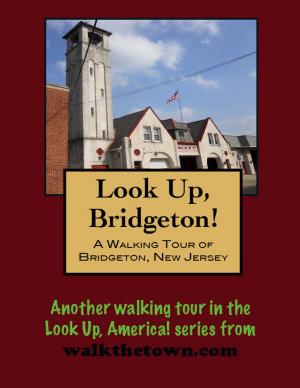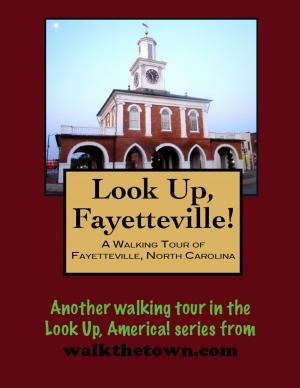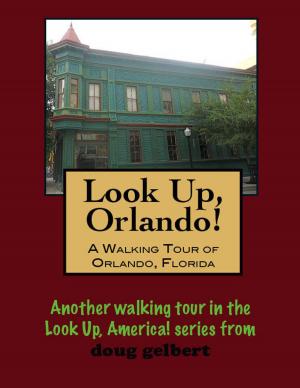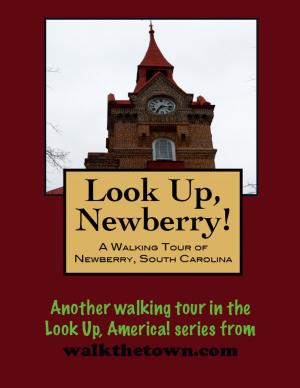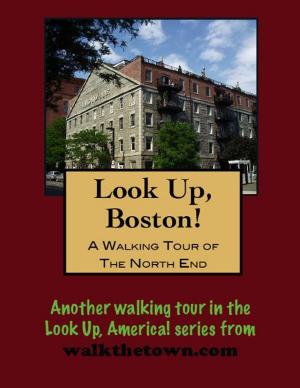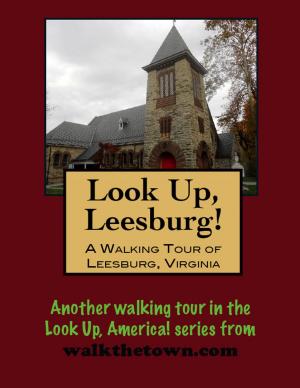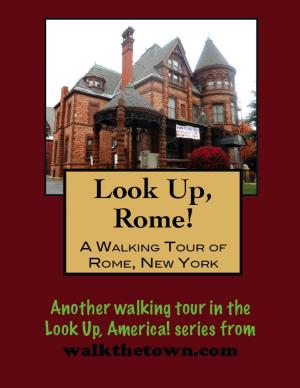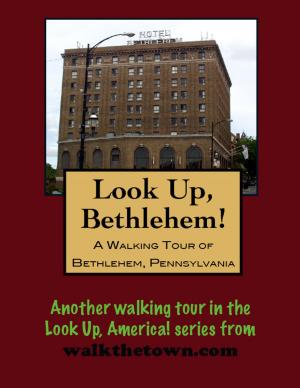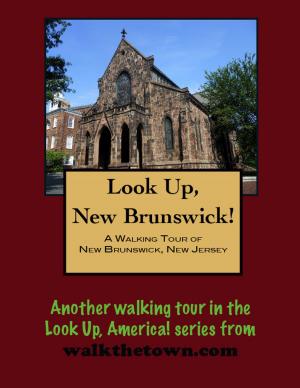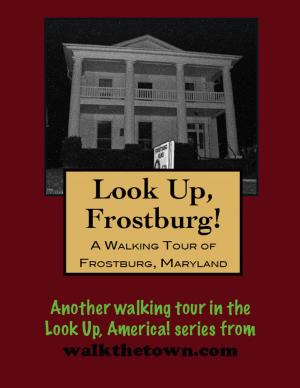| Author: | Doug Gelbert | ISBN: | 9781458105325 |
| Publisher: | Doug Gelbert | Publication: | February 1, 2011 |
| Imprint: | Smashwords Edition | Language: | English |
| Author: | Doug Gelbert |
| ISBN: | 9781458105325 |
| Publisher: | Doug Gelbert |
| Publication: | February 1, 2011 |
| Imprint: | Smashwords Edition |
| Language: | English |
There is no better way to see America than on foot. And there is no better way to appreciate what you are looking at than with a walking tour. Whether you are preparing for a road trip or just out to look at your own town in a new way, a downloadable walking tour is ready to explore when you are.
Each walking tour describes historical and architectural landmarks and provides pictures to help out when those pesky street addresses are missing. Every tour also includes a quick primer on identifying architectural styles seen on American streets.
The town site of Poughkeepsie - the name derives from an Iroquois word meaning “the reed-covered lodge by the little-water place” referring to a small spring that fed the Hudson River - was settled by the Dutch in 1659, just a few years before the English would seize control of the entire region. Poughkeepsie would emerge as the mid-Hudson Valley’s largest and most influential city on the east bank, growing rapidly and even enjoying a two-year stint as capital of New York after the American Revolution. In addition to the Hudson River the town sat on two other important Colonial transportation routes - the Albany Post Road and the New Hackensack Road.
Lumber and grain milling were the first important industries and the town became a major center for whale rendering early in the 1800s. There were also glass factories, textile mills, ball bearing manufacturers and breweries. After the Civil War Poughkeepsie experienced a period of rapid industrial expansion, with a corresponding increase in population. By 1854 Poughkeepsie’s population grew to 20,000. But the city’s economic triumphs failed to register on the national radar. Instead, as Poughkeepsie boomed, homes and businesses began constructing individual wells and cisterns for sewage disposal. This activity caused groundwater contamination resulting in epidemics of cholera, typhoid fever, smallpox and diphtheria, which claimed hundreds of victims. To the City’s embarrassment Poughkeepsie was heralded in newspapers as “The Sickly City,” even as far west as Chicago. One account called Poughkeepsie, “A fine place to live, with fine schools and churches and railroad accommodations, well governed but oh, how sickly.”
In 1870 a general election to decide the question of whether or not to develop a public water supply resulted in a vote of 544 to 43 in support of the proposal. On this basis a Water Board was formed which sought out an engineer for the project. In 1871 progress moved dramatically forward as Harvey G. Eastman was elected Mayor. Mayor Eastman was credited as the driving force that carried out the public wishes. Through his leadership, gift of persuasion and vision the first successful slow sand filtration plant in America was placed into service July 8, 1872. The success of this project was heralded as epidemics all but disappeared and the plant was copied across the land and to this day Poughkeepsie is recognized as the national leader in filtration.
Our walking tour of today’s “Queen City of the Hudson” will begin at the entrance of Harvey Eastman’s park and a memorial he donated to the city, a water-based memorial naturally...
There is no better way to see America than on foot. And there is no better way to appreciate what you are looking at than with a walking tour. Whether you are preparing for a road trip or just out to look at your own town in a new way, a downloadable walking tour is ready to explore when you are.
Each walking tour describes historical and architectural landmarks and provides pictures to help out when those pesky street addresses are missing. Every tour also includes a quick primer on identifying architectural styles seen on American streets.
The town site of Poughkeepsie - the name derives from an Iroquois word meaning “the reed-covered lodge by the little-water place” referring to a small spring that fed the Hudson River - was settled by the Dutch in 1659, just a few years before the English would seize control of the entire region. Poughkeepsie would emerge as the mid-Hudson Valley’s largest and most influential city on the east bank, growing rapidly and even enjoying a two-year stint as capital of New York after the American Revolution. In addition to the Hudson River the town sat on two other important Colonial transportation routes - the Albany Post Road and the New Hackensack Road.
Lumber and grain milling were the first important industries and the town became a major center for whale rendering early in the 1800s. There were also glass factories, textile mills, ball bearing manufacturers and breweries. After the Civil War Poughkeepsie experienced a period of rapid industrial expansion, with a corresponding increase in population. By 1854 Poughkeepsie’s population grew to 20,000. But the city’s economic triumphs failed to register on the national radar. Instead, as Poughkeepsie boomed, homes and businesses began constructing individual wells and cisterns for sewage disposal. This activity caused groundwater contamination resulting in epidemics of cholera, typhoid fever, smallpox and diphtheria, which claimed hundreds of victims. To the City’s embarrassment Poughkeepsie was heralded in newspapers as “The Sickly City,” even as far west as Chicago. One account called Poughkeepsie, “A fine place to live, with fine schools and churches and railroad accommodations, well governed but oh, how sickly.”
In 1870 a general election to decide the question of whether or not to develop a public water supply resulted in a vote of 544 to 43 in support of the proposal. On this basis a Water Board was formed which sought out an engineer for the project. In 1871 progress moved dramatically forward as Harvey G. Eastman was elected Mayor. Mayor Eastman was credited as the driving force that carried out the public wishes. Through his leadership, gift of persuasion and vision the first successful slow sand filtration plant in America was placed into service July 8, 1872. The success of this project was heralded as epidemics all but disappeared and the plant was copied across the land and to this day Poughkeepsie is recognized as the national leader in filtration.
Our walking tour of today’s “Queen City of the Hudson” will begin at the entrance of Harvey Eastman’s park and a memorial he donated to the city, a water-based memorial naturally...

